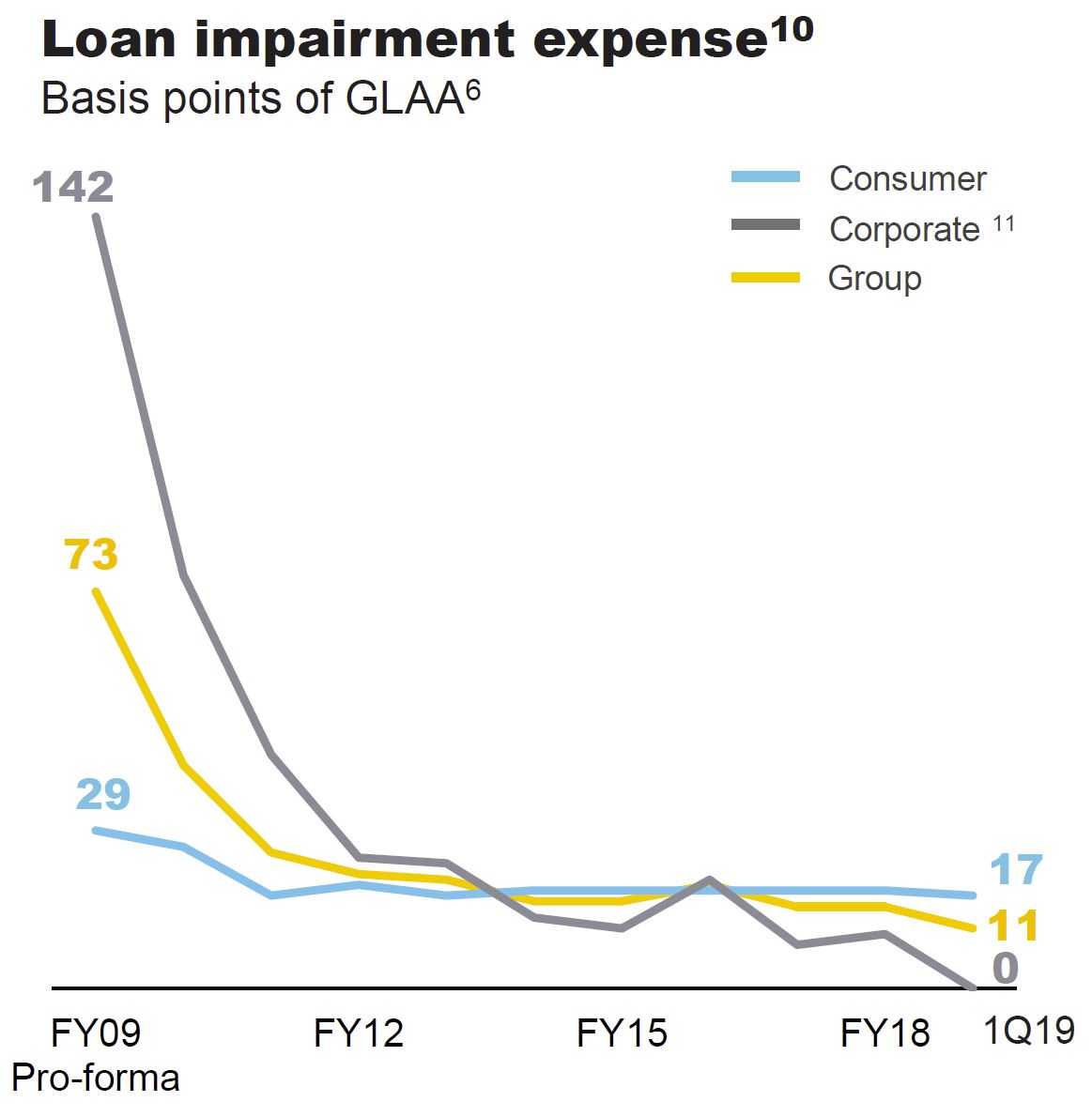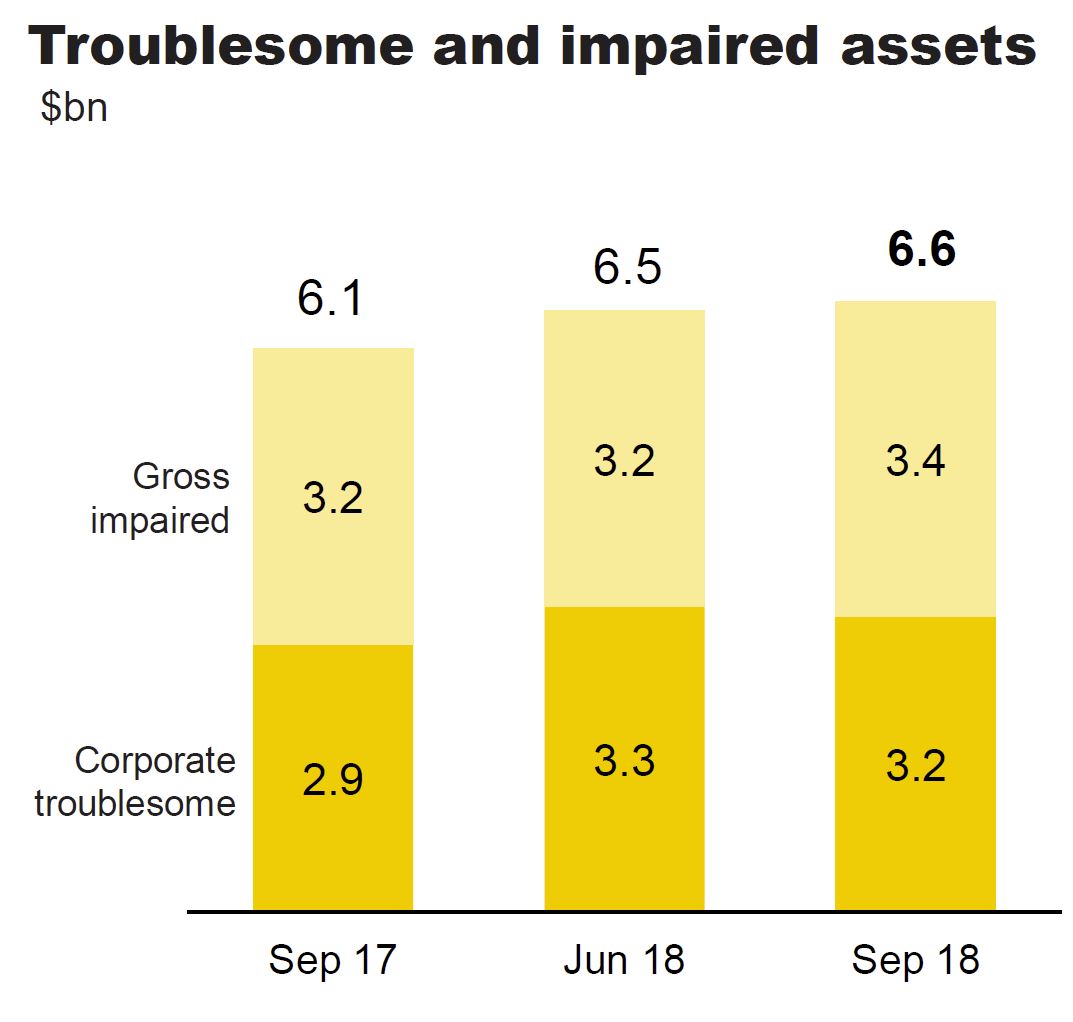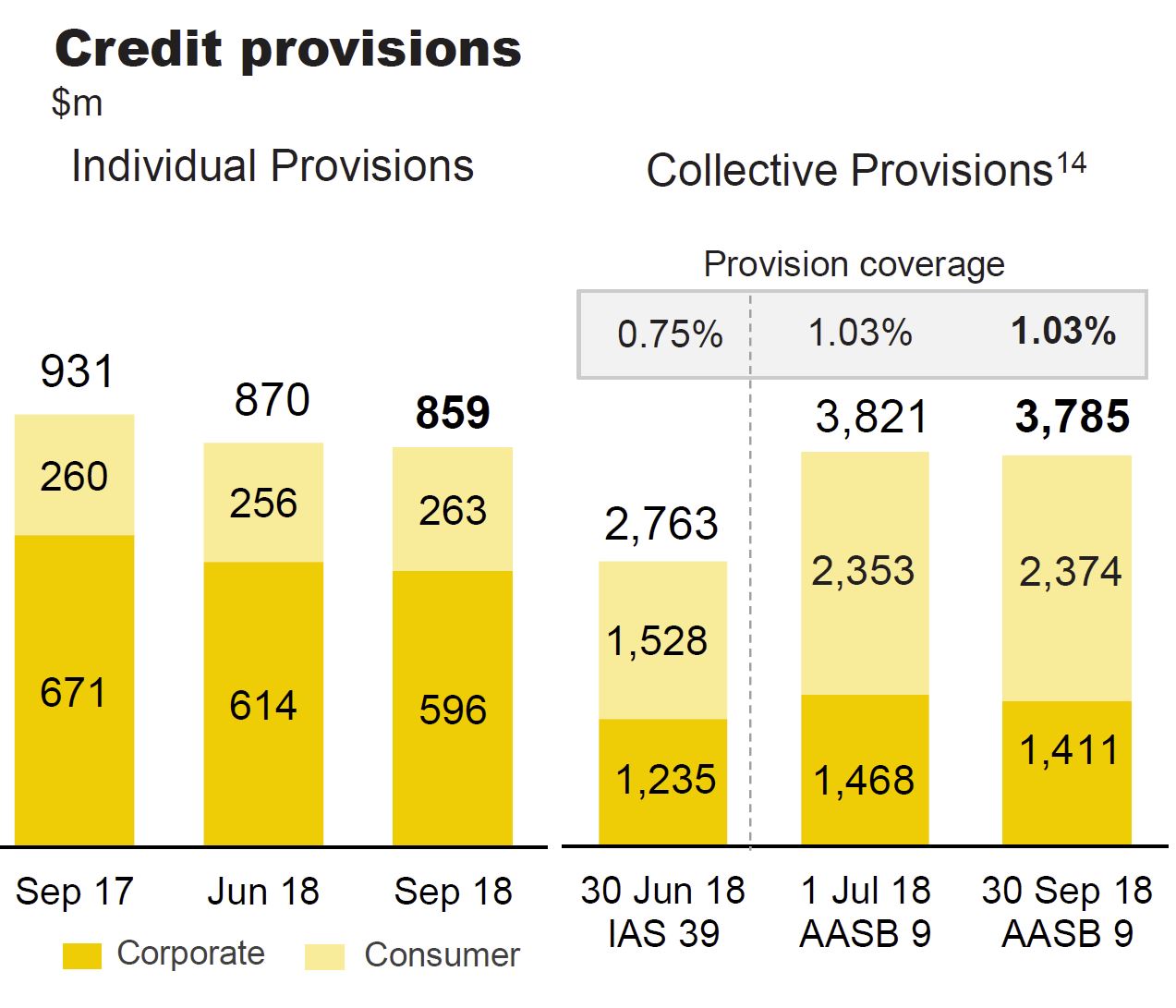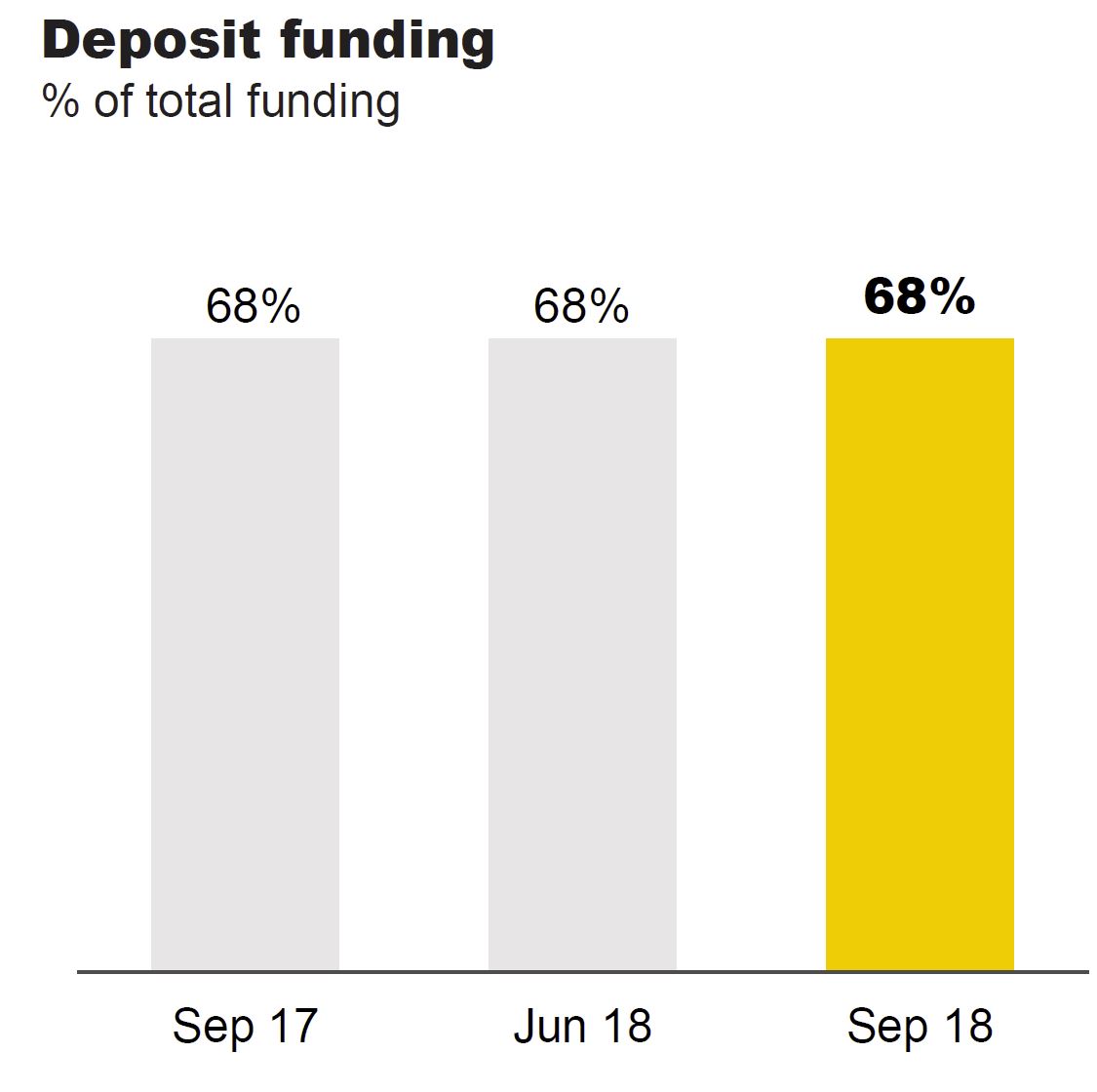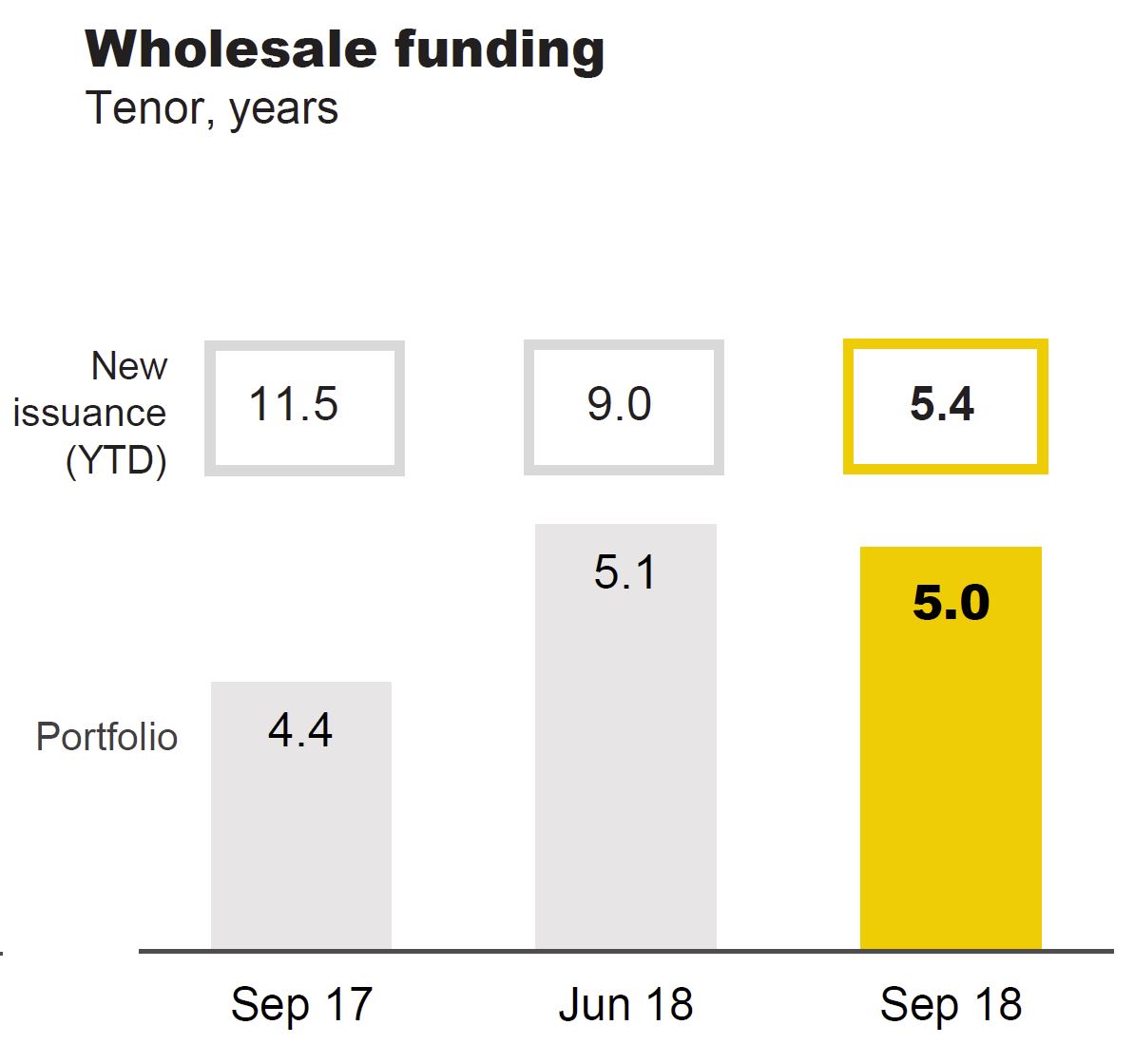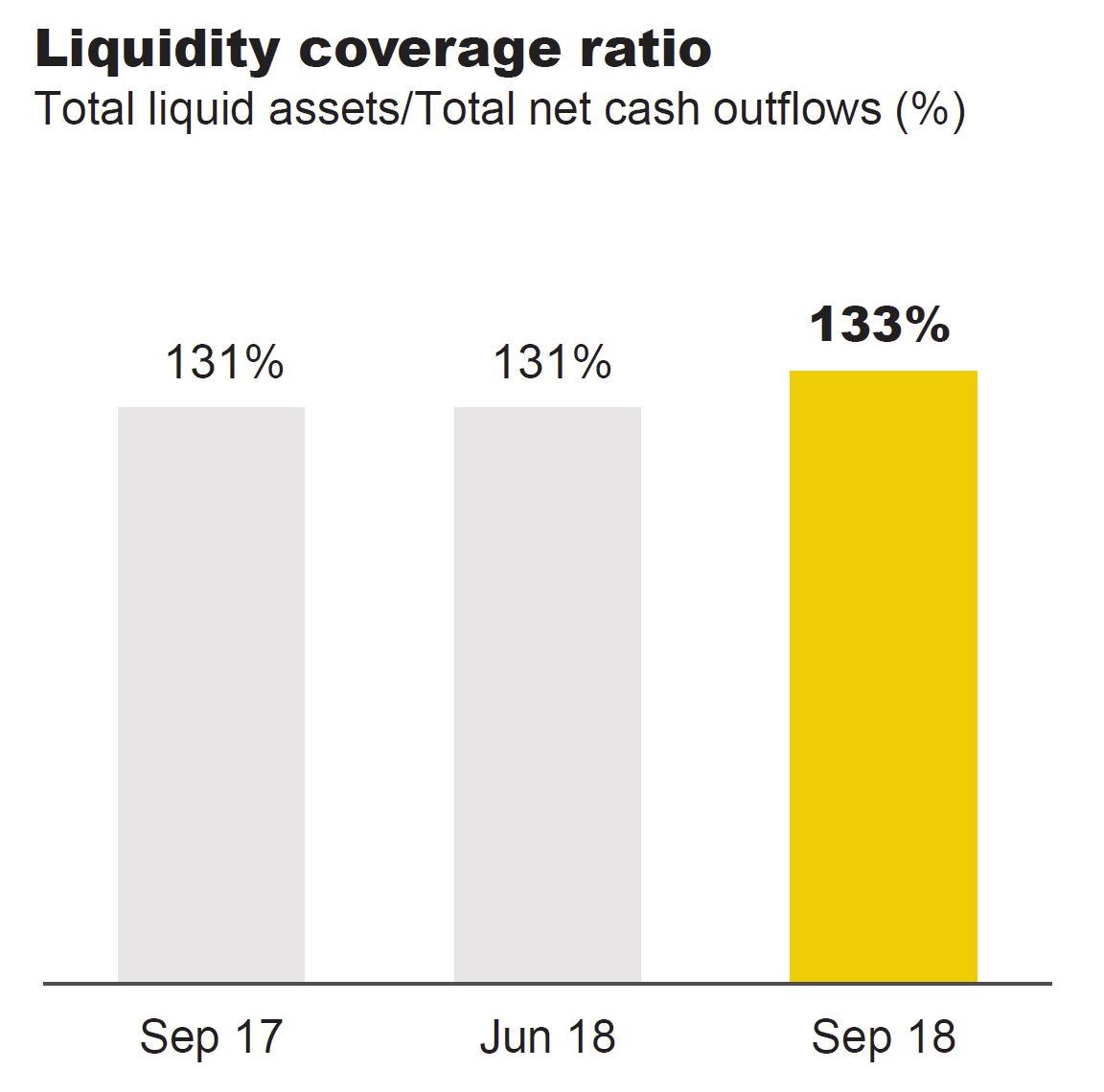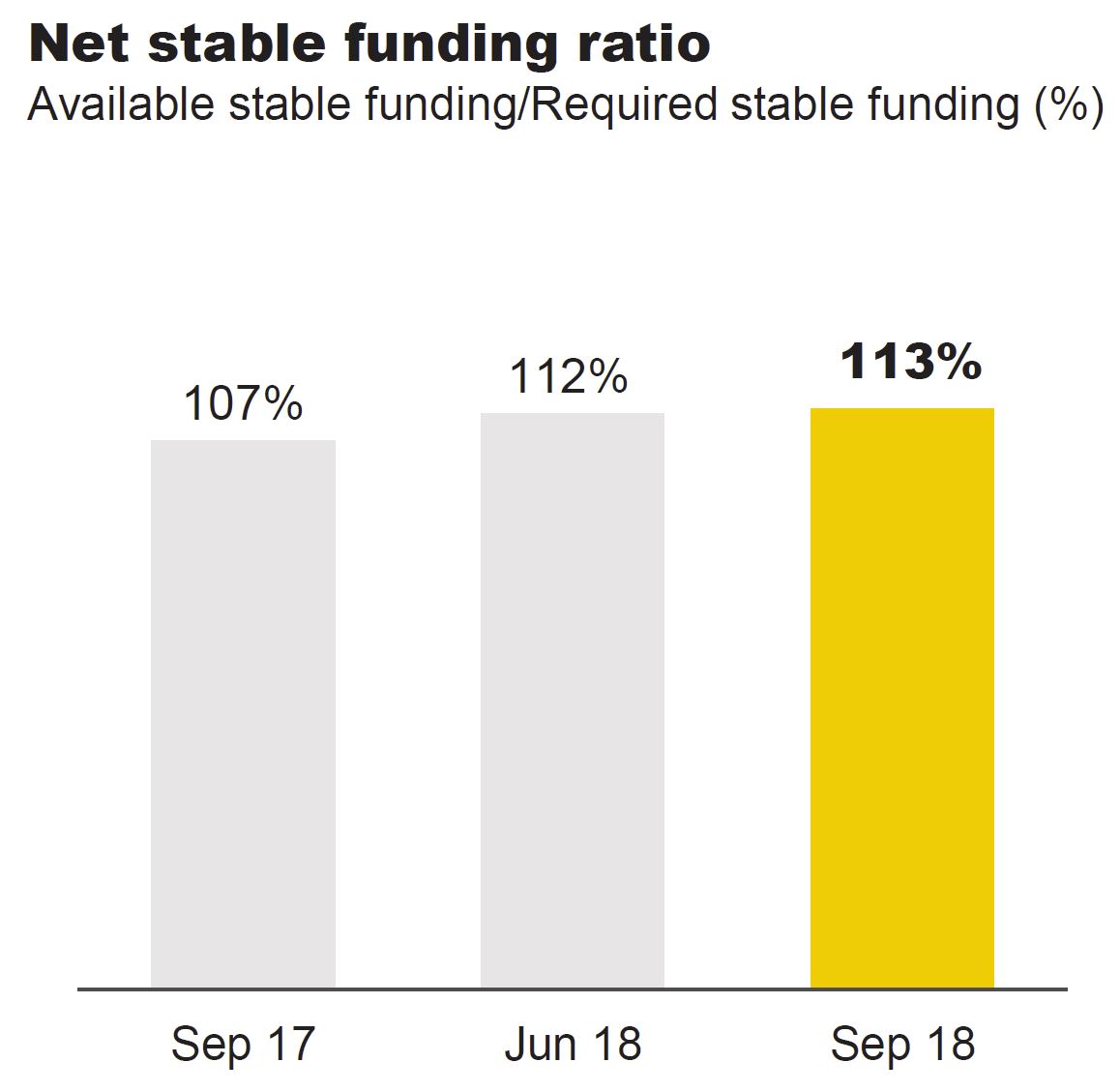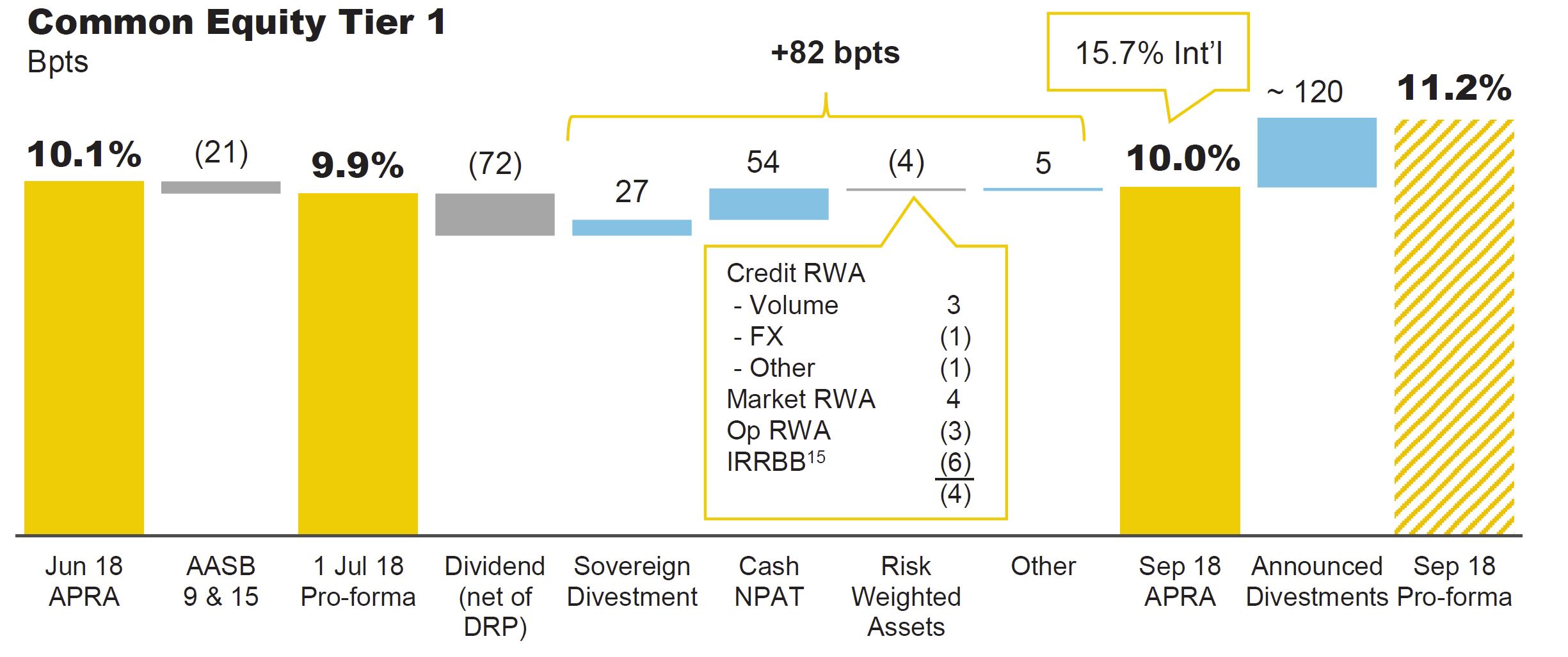ASIC says Commonwealth Financial Planning Limited (CFPL) has failed to provide ASIC with an attestation and with an acceptable Final Report from the independent expert, both of which were required under a Court Enforceable Undertaking (EU) entered into with ASIC in April 2018 in relation to CFPL’s fees for no service conduct.

As a result, CFPL is now required under the EU to immediately take all necessary steps to:
- stop charging or receiving ongoing service fees from its customers; and
- not enter into any new ongoing service arrangements with customers.
The EU, which commenced on 9 April 2018 and was varied on 20 December 2018, required CFPL to provide to ASIC by 31 January 2019:
- a Final Report by the independent expert, Ernst & Young, on whether CFPL had taken reasonable steps to remediate customers impacted by CFPL’s fees for no service conduct and on the adequacy of CFPL’s systems, processes and controls; and
- to provide an attestation from a Commonwealth Bank ‘accountable person’ under the Banking Executive Accountability Regime as to CFPL’s remediation program, and the adequacy of CFPL’s systems, processes and controls.
On 31 January 2019, Ernst & Young issued its second report under the EU, identifying further concerns regarding CFPL’s remediation program and its compliance systems and processes – including that there remains ‘a heavy reliance’on manual controls, which ‘have a higher inherent risk of failure due to human error or being overridden’. Ernst & Young recommended CFPL address these issues within a further 120 days.
On the same day, CBA’s accountable person provided a written update to ASIC on the remediation program and work being done in relation to CFPL’s systems, processes and controls. Having regard to the concerns raised by the independent expert and the contents of CBA’s written update, ASIC considered that the notification did not meet ASIC’s requirements under the EU for an acceptable attestation.
As a result, ASIC’s requirement under the EU that CFPL stop charging or receiving ongoing service fees and not enter into any new ongoing service arrangements, has been triggered. ASIC included this requirement in the EU to ensure that if CFPL were not able to satisfy ASIC that the fees for no service conduct would not be repeated, CFPL would have to stop charging ongoing service fees so as to significantly reduce any further risk to clients. Existing clients will continue to receive services under their ongoing service agreements but will not be charged by CFPL.
ASIC has received CFPL’s confirmation that it is complying with this requirement to stop entering into new ongoing service agreements and to cease charging existing clients fees under these agreements. This requirement will continue until CFPL is able to satisfy ASIC that all of the outstanding issues have been remedied. ASIC will be monitoring CFPL’s compliance with this obligation.
ASIC has also been informed by CFPL that it is now in the process of transitioning its ongoing service model to one whereby customers are only charged fees after the relevant services have been provided. ASIC will monitor CFPL’s transition to the new model.
Background
Under CFPL’s remediation program overseen by ASIC, CFPL has to date reported to ASIC that it has paid approximately $119 million to customers impacted by its fees for no service conduct.







